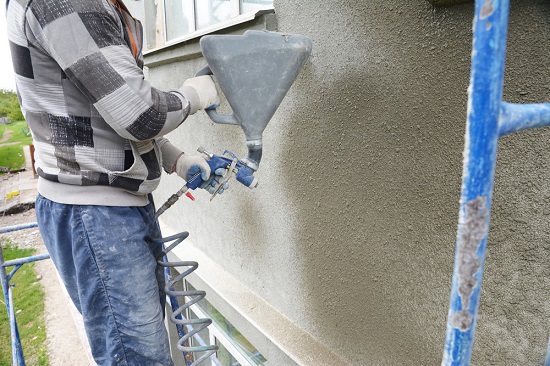Asphalt pavement is a type of paving composed of bitumen, a sticky black substance, and aggregate, a mixture of gravel and sand. The two materials are combined and then heated until the bitumen becomes fluid. This hot mixture is then placed on top of a prepared base, and it is left to cool and harden. Asphalt pavement is commonly used for roads, driveways, and parking lots because it is durable and provides a smooth surface for vehicles. It can also be used for pathways, patios, and other types of outdoor flooring.
When well-maintained, asphalt pavement can last for many years. However, it requires regular maintenance to keep it in good condition. For example, cracks should be filled promptly to prevent water seeping into the asphalt and causing further damage. Over time, an asphalt pavement may need to be resealed or resurfaced to maintain its smooth surface and prevent potholes from forming.
In this post, we shall discuss the step-by-step guide on the asphalt paving process to help you understand what goes on during the entire process. Let’s delve in!
Demolition and removal
The first step in the asphalt paving process is demolishing and removing the existing pavement. This is necessary to create a smooth and level surface for the new pavement. The demolition process can be done using various methods, such as jackhammering, excavating, or milling. Once the old pavement has been removed, any remaining debris must be cleared away so that the new pavement can be laid down.
Grading and leveling
The next step is to grade and level the area where the new pavement will be laid. This is done to create a stable base for the asphalt and ensure that the finished product will have a smooth surface. First, a layer of gravel is spread over the entire area. Then, the gravel is compacted using a heavy roller. After that, a layer of sand is spread over the gravel, and it is also compacted. Finally, the entire area is leveled off to be ready for the asphalt to be laid down.
Preparing sub base
The sub-base is the layer of material that will be directly beneath the asphalt. The sub-base can be made from various materials, such as crushed stone, recycled concrete, or even sand. It is important to make sure that the sub base is properly prepared so that it can support the weight of the asphalt and vehicles that will be driving on it.
Proof rolling
Once the sub base has been prepared, it is time for proof rolling. This is a process that helps to ensure that the sub-base is strong enough to support the asphalt. A heavy roller is passed over the entire surface of the sub-base to compact it and check for any weak spots. If any weak spots are found, they will need to be repaired before the asphalt can be laid down.
Laying of the binder and surface layers
The next step is to start laying down the binder and surface layers of the asphalt. The binder layer is the lower layer of asphalt that helps to bind the aggregate together. It is made from a mixture of bitumen and fine aggregate. The surface layer is the top layer of asphalt, providing a smooth surface for vehicles to drive on.
Compact the asphalt
Once all of the asphalt has been laid down, it needs to be compacted to be strong enough to support vehicles driving on it. This is done using a heavy roller. The roller goes over the entire surface of the asphalt, pressurizing it and making it denser.
Smooth transitions
The final step in the asphalt paving process is to create smooth transitions between the new pavement and any existing pavement. This is done by using a machine called a paver. The paver lays down a thin layer of asphalt at the edges of the new pavement so that there is a seamless transition between the two surfaces.
Quality control
After the asphalt has been compacted and the transitions have been created, it is time for quality control. The thickness of the asphalt, the slope of the surface, and the smoothness of the transitions are all checked to make sure that they meet the required standards. This is done to ensure that the new pavement meets all of the specifications set forth at the beginning of the project.
Conclusion
The Florida asphalt paving experts from ABC Paving say that asphalt paving process is a complex and involved process that requires the use of a variety of machines and materials. By following the steps outlined above, you can ensure that your finished product will be of the highest quality.









